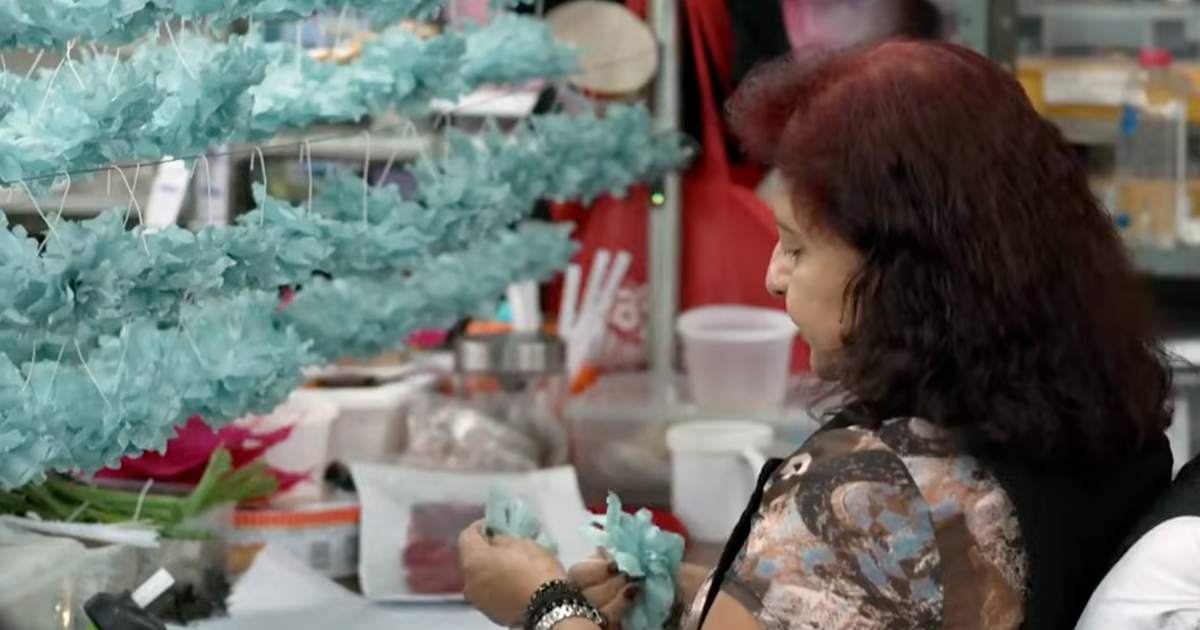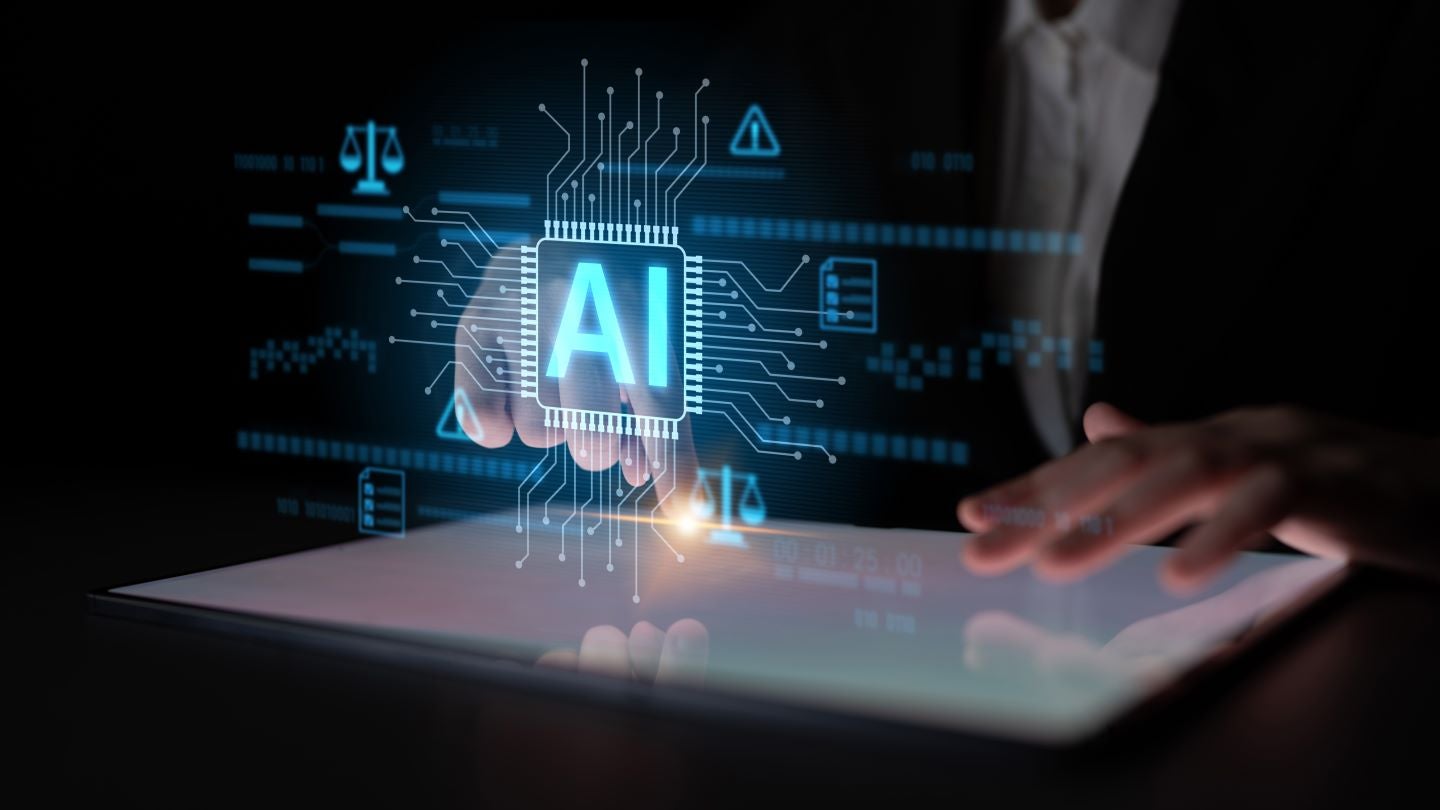Automakers are constantly learning from their competitors in China. Tesla, one of the leading EV companies, is no exception.
Jon McNeill, the former president of Tesla’s global sales and marketing who now sits on General Motors’ board, told Business Insider that Tesla has torn down Chinese EVs and that the lessons learned can be seen in some of Tesla’s most popular models.
“Tesla is a learning sponge,” McNeill, who was at the EV company between 2015 and 2018, said.
During his tenure, Model 3 was in its infamous “production hell,” and Tesla had just teased the first image of the Model Y.
The former Tesla executive said one lesson learned from Chinese EVs was the reuse of parts — using some of the same guts of one model for another — and that can be seen “across the 3 and the Y.”
Tesla CEO Elon Musk said in a 2019 earnings call that the Model Y shared about three-quarters of its parts with the Model 3, allowing for easier production ramp-up.
A spokesperson for Tesla did not return a request for comment.
Another level of reusing
McNeill didn’t name which Chinese EVs Tesla tore down during his tenure, but said he’s recently seen BYD, the leading EV maker in China, take the technique of reusing parts to another level at a teardown with GM.
“The Chinese engineers are really disciplined about reusing parts underneath the hood that the customer can’t see, and they save a lot of money that way,” he said.
It’s not a unique concept to Chinese automakers; the automotive industry has long relied on using the same parts from one model of car for another in an automaker’s lineup, including components such as the steering wheel or the turn-signal stalk.
BYD and other Chinese automakers, however, are distinctive in the degree to which they reuse parts down to the ancillary components of a vehicle, from the battery packs to the heat pumps and motors inside the car seats, McNeill said.
“If you tear down all the BYDs — same windshield wiper motor across all of them; same heat pump across all of them; same conduit across all of them,” he said. “In other words, there’s not a team that’s designing a particular model, and they’re off on their own.”
McNeill added that the technique was “super smart because a windshield wiper motor really doesn’t change or add to the experience.”
This practice is different from platform-sharing, in which the vehicle frame or the underlying architecture can be the same across models. Platform-sharing has become a central practice for EV automakers.
McNeill said the extent to which Chinese EV makers are reusing parts is not a common sight at other legacy automakers.
“Toyota uses completely different heat pumps, wiper motors, and seat actuators for each model. In other words, the guts of a Corolla is almost completely different from a Camry,” he said.
Spokespeople for BYD and Toyota did not return a request for comment.
New automakers need to cut costs
Reusing parts is crucial for any automaker to scale production efficiently and reduce costs. That could be even more true for emerging automakers.
“There’s a reason only one auto company has been started and scaled in the last hundred years, and it’s because it’s really hard. It’s really, really hard and it’s really capital-intensive,” McNeill said, referring to Tesla. He added that a US EV company like Tesla needs to be “absolutely relentless” at reducing costs.
Brian Cassella/Chicago Tribune/Tribune News Service via Getty Images
EV makers like Tesla, BYD, and Rivian are able to reuse parts at deeper levels because they’re also highly vertically integrated companies, meaning the automaker develops and manufactures some of their car parts in-house. This level of control over design and production can enable automakers to standardize more parts and produce at higher speeds.
Rivian CEO RJ Scaringe previously told Business Insider that his company did a teardown of Xiaomi’s SU7 and praised the Chinese carmaker’s “heavily vertically-integrated technology platform.” However, the CEO said there was nothing new about the way Xiaomi or other Chinese EV makers made their cars that Rivian could learn to make electric vehicles cheaper.
“Cost — we understood how they’ve arrived there,” Scaringe said, adding: “There’s nothing we learned from the teardown.”









